Our mission is to investigate the uniqueness of the interaction between surfers microbiome and ocean microbes
The project aims to disclosure the intimate connection between the marine environment and coastal populations through an overall assessment of marine environmental and human microbiome.
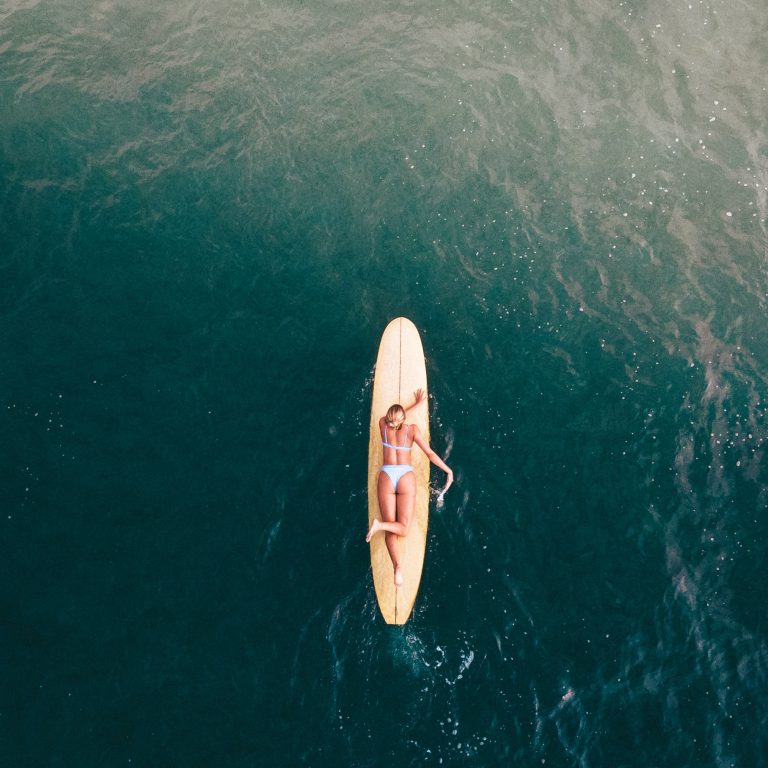
The microbiome (or human microbiota) is the set of microorganisms that live naturally in our body and play important roles in our health. It includes bacteria, viruses, fungi and single-celled eukaryotes that inhabit areas such as the gut, skin and mouth, and can affect our digestion, immune system and even our general health status. Investigating the microbiome is essential to understand diverse human health conditions as well as the relationship between humans and the environment that surrounds them.
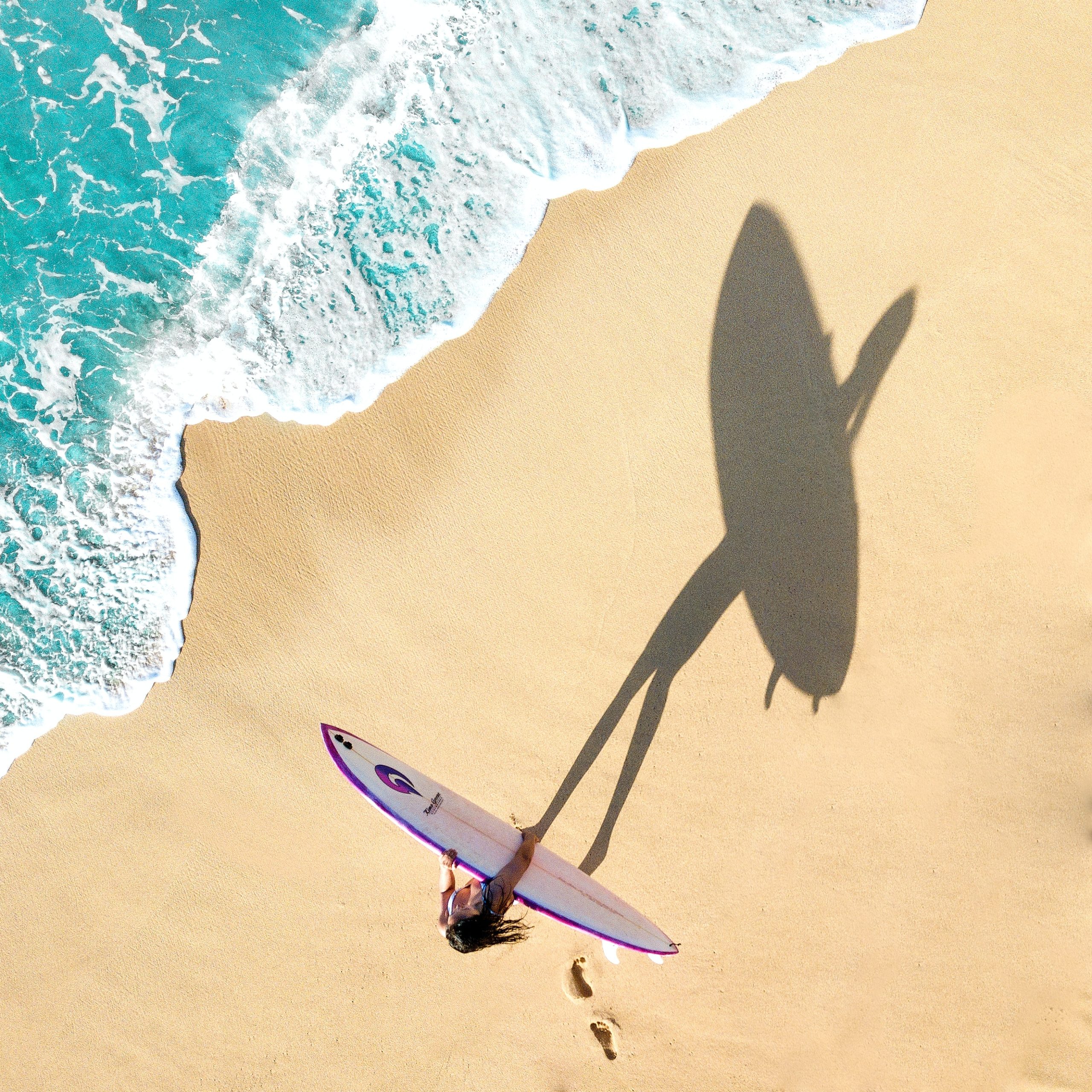
The ocean microbiome refers to the collective community of microorganisms, including bacteria, viruses, archaea, and other microorganisms, that inhabit marine environments such as oceans, seas, and coastal waters. These microorganisms play crucial roles in marine ecosystems, and they are fundamental to the functioning of the world's oceans.
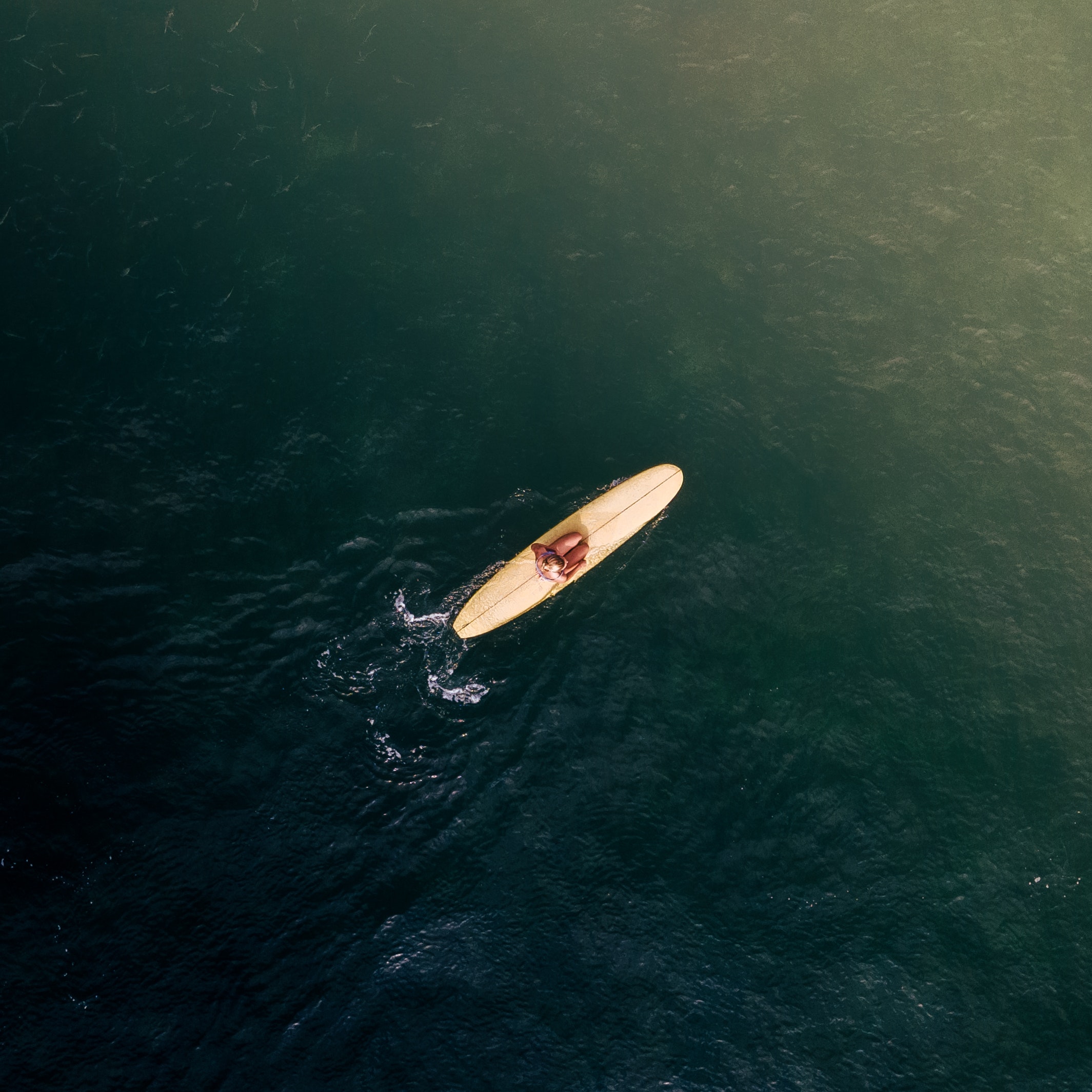
Surfers have a privileged connection to the ocean and all its components, chemically and biologically. The surfer microbiome and the oceanic microbiome may be related in several ways due to surfers' direct exposure to marine environments. Although the surfer microbiome is not directly equivalent to the ocean microbiome, frequent exposure to the marine environment can influence the surfer microbiome in several ways, including the skin, gastrointestinal tract, and overall health status. However, specific research would be needed to fully understand these relationships and their impacts on surfers' health.
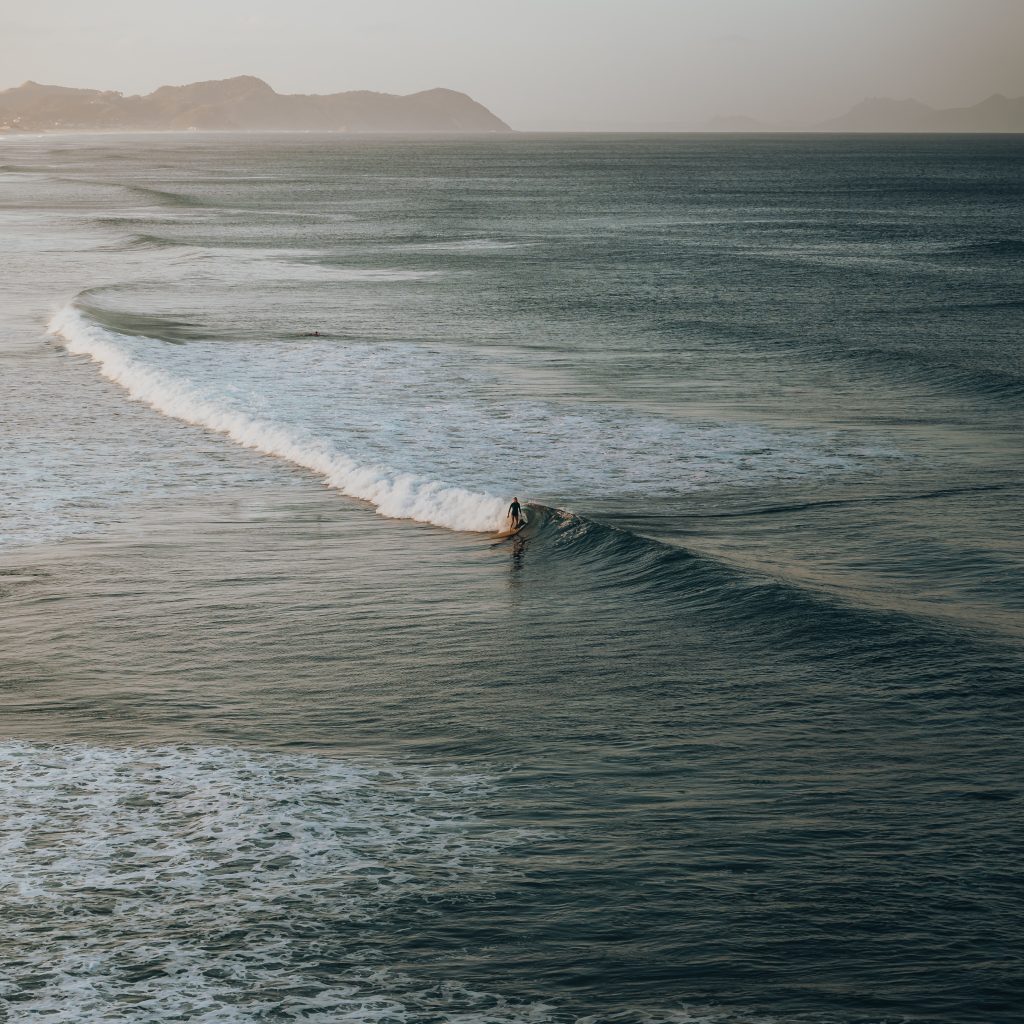
Did you know that:
… Only in the intestines, all of us carry about 10 times more microorganisms, than the approximate 100 trillion of human cells in each of us body.
… Those microorganisms produce a huge diversity of molecules. Researchers are investigating the way that the human microbiome and their produced molecules influence our health and mood.
… Human microbiome is strongly influenced by our alimentation, the practice of sport, and our environment.
… The ocean also possess a microbiome, that possess many different microorganism than the human ones, and that manage the health of the life on Earth.
… The ocean microbiome is impacted by the current pollution of the ocean.

However, to our knowledge, worldwide, very few scientists investigated the direct bridge between the ocean and human microbiomes.
MB WAVE project envisions that physically active ocean users as surfers could constitute a promising platform to translate the connection between marine environmental composition, including contamination, and human microbiome diversity.
Taking this into account, we are wondering:
Does surfer host different types of microorganism/molecules, than others, by being in close contact with the ocean?
Can these specific microorganisms be beneficial to the surfer’s health and/or present increased risks?
This study will be conducted in Matosinhos, by monitoring Matosinhos ocean microbiome and contamination, and by the help of 50 volunteers that would provide feces, skin and mouth samples, during Fall 2023/2024.
Are you over 18 years old and do you surf or do any regular physical activity?
Participate in the first MB Wave project in Matosinhos!
Surfers microbiomes rely, to some extent, on marine environment microbial community structure and are considerably different from the microbiomes of other sports practitioners, being environmental contamination involved in that dynamics. MB WAVE project intends to tackle the following: Do marine environmental microorganism communities, allied to environmental contamination participate in shaping specific human microbiomes in surfers community? And as such, would those specific microbial communities adapt/evolve in a considerably different structure than others that do not have frequent contact with the ocean?
MB WAVE intends to: i) Assess the differences of microbial community structure (composition and diversity) between OSP (Ocean Sports Practitioners) and regular SP (Sport Practitioners); ii) Estimate the proportion of shared and exclusive microorganisms between the marine water microbiome, OSP, and SP; iii) Quantify and compare the abundance of an anthropogenic marker of contamination in OSP, SP, and marine water microbiomes.
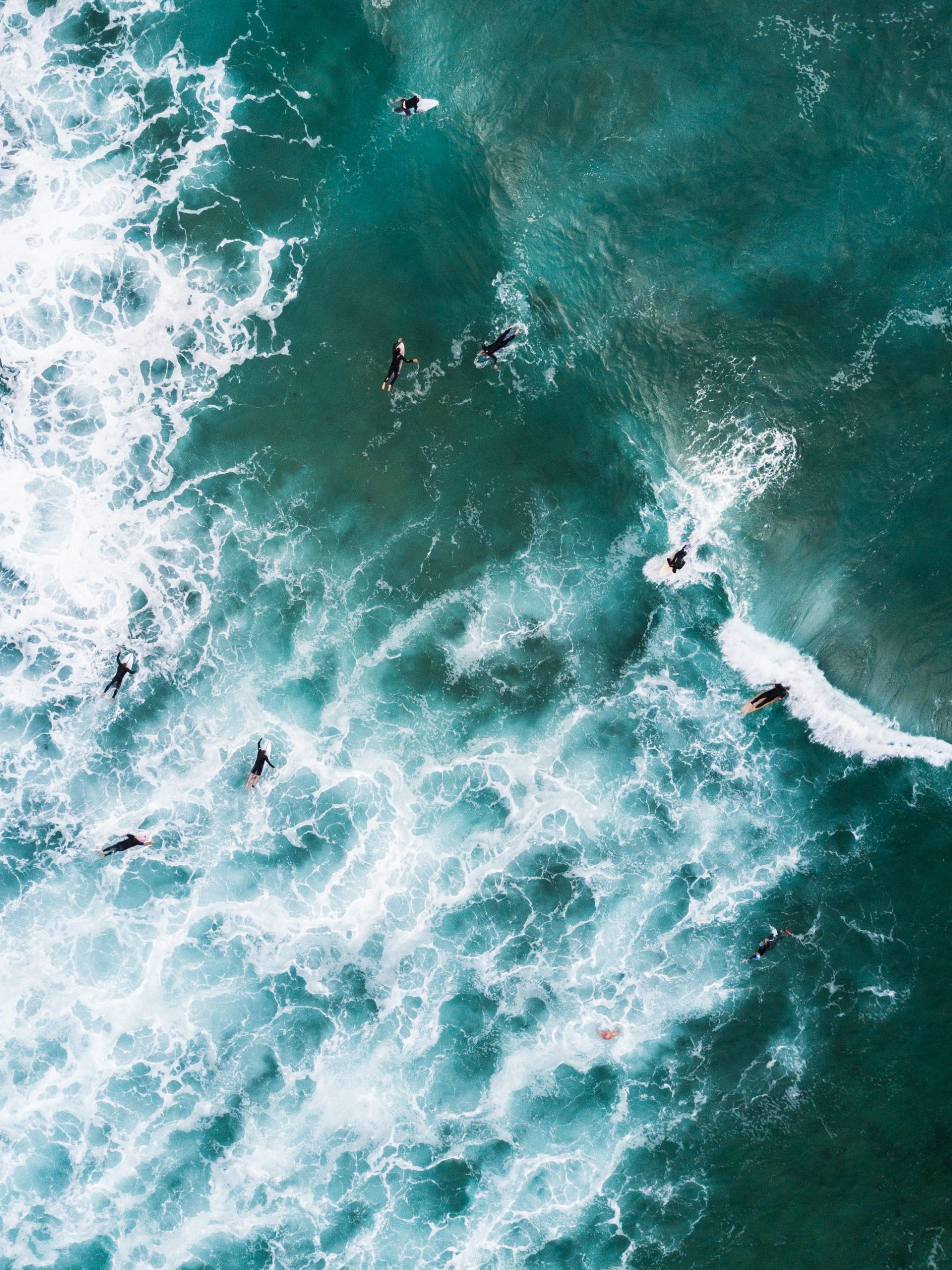
MB WAVE Project follows a linear workflow, starting with survey, project awareness and sampling (WP1), followed by samples DNA extraction, 16S amplicon-sequencing, qPCR (WP2), and Bioinformatic and Statistical Analyses of microbiomes and survey data (WP3).
Project dissemination and outreach initiatives will occur throughout the project timeline (WP4).
WP1. Preliminary survey and sample collection
Two groups (OSP and SP) of human subjects each will be chosen according to exposure to Matosinhos sea and various factors associated with human MB colonization. OSP and SP will be considered if they are sport practitioners with a frequency of a minimum of once a week for at least a year. Volunteers will first participate in a survey and further sampled. APDL reported an average of 20 to 80 OSP per day. Matosinhos sea is being constantly impacted by 3 main inputs of pluvial and residual water discharges from highly urbanized zones. Thus, water samples will be collected and filtered from every pluvial and wastewater discharge location during the same period of sampling.
WP2. DNA extraction, amplicon-sequencing, and qPCR
The microbial community composition and diversity of the different human body locations (respiratory tract, skin, feces) from OSP and SP groups and from seawater will be investigated by next-generation sequencing (NGS) of the 16S rRNA gene, the universal marker for bacterial classification and diversity studies.
WP3. Bioinformatic and Statistical Analyses
A core microbiome analysis will be performed to estimate the proportion and taxonomic composition of shared and exclusive microbial members between the different study groups.
WP4. Project dissemination and outreach
MB WAVE dissemination activities will be implemented along the entire project period, raising general awareness about the scientific, environmental and social impact of the project. Subjects participation in the study will take the form of a citizen science program, prepared to reach the broader audience as possible.
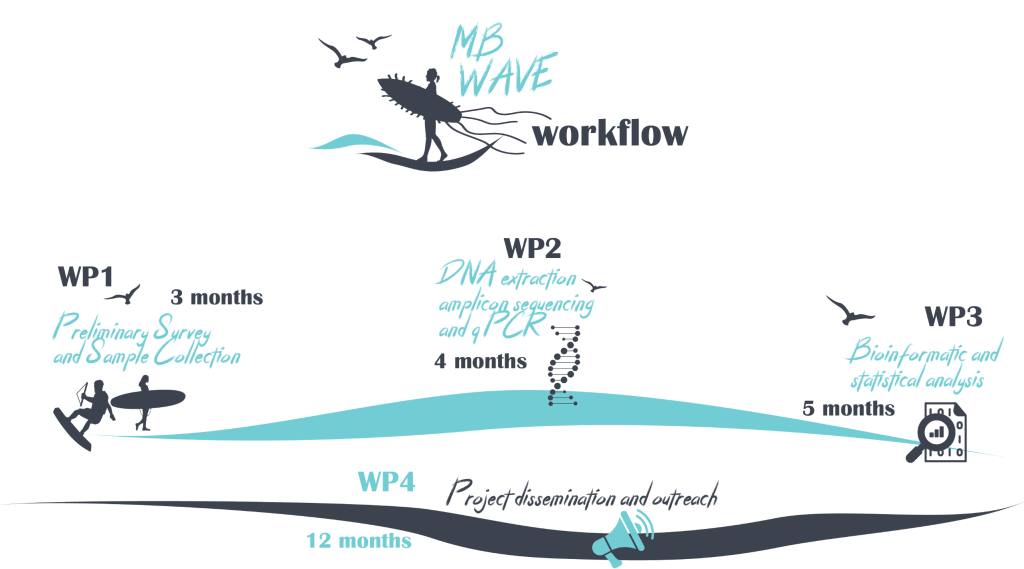
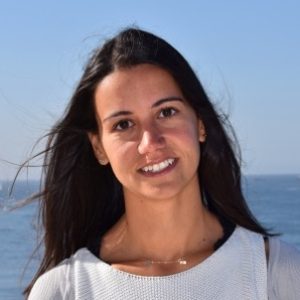
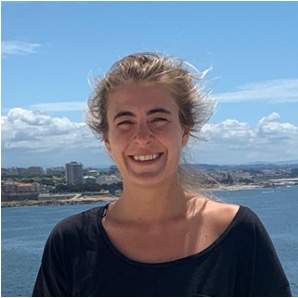
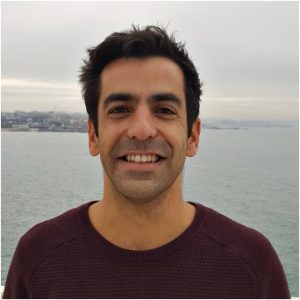
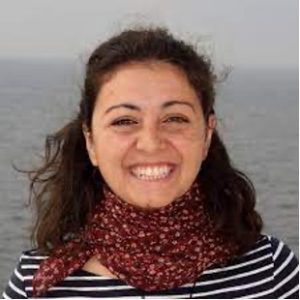
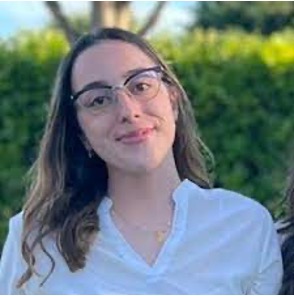

Are you over 18 years old and do you surf or do any regular physical activity?
Sign up as a volunteer for this study by consenting the donation of samples that will be collected by the MB Wave team using non-invasive methods to analyse the microbiome of regular surfers (or other water sports) and regular practitioners of other non-water sports that live in coastal areas (skin, respiratory tract and gastrointestinal tract).
Talk to us!
MB WAVE project integrates with CIIMAR mission to promote transdisciplinary research, contributing to advances in scientific knowledge and sustainability of the marine and coastal environments, valorisation of the ocean and public engagement, and literacy. MB WAVE is engaged in CIIMAR Sport initiative.
The project is linked with CIIMAR research domains: GLOBAL CHANGES AND ECOSYSTEM SERVICES and MARINE BIOTECHNOLOGY AND BIOLOGY, addressing important economic and societal challenges and contributing to achieving UN Sustainable Development Goals 3, 11 and 14.
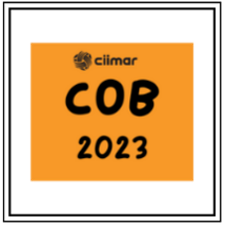
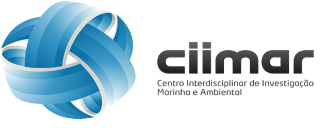
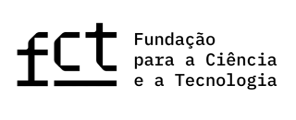

CIIMAR | Interdisciplinary Centre of Marine and Environmental Research of the University of Porto
Novo Edifício do Terminal de Cruzeiros do Porto de Leixões
Avenida General Norton de Matos, S/N
4450-208 Matosinhos | Portugal | Tel. (+351) 223 401 811
E-mail: mbwave@ciimar.up.pt | www.ciimar.up.pt | www.facebook.com/ciimar.up.pt
For press queries: comunicacao@ciimar.up.pt
